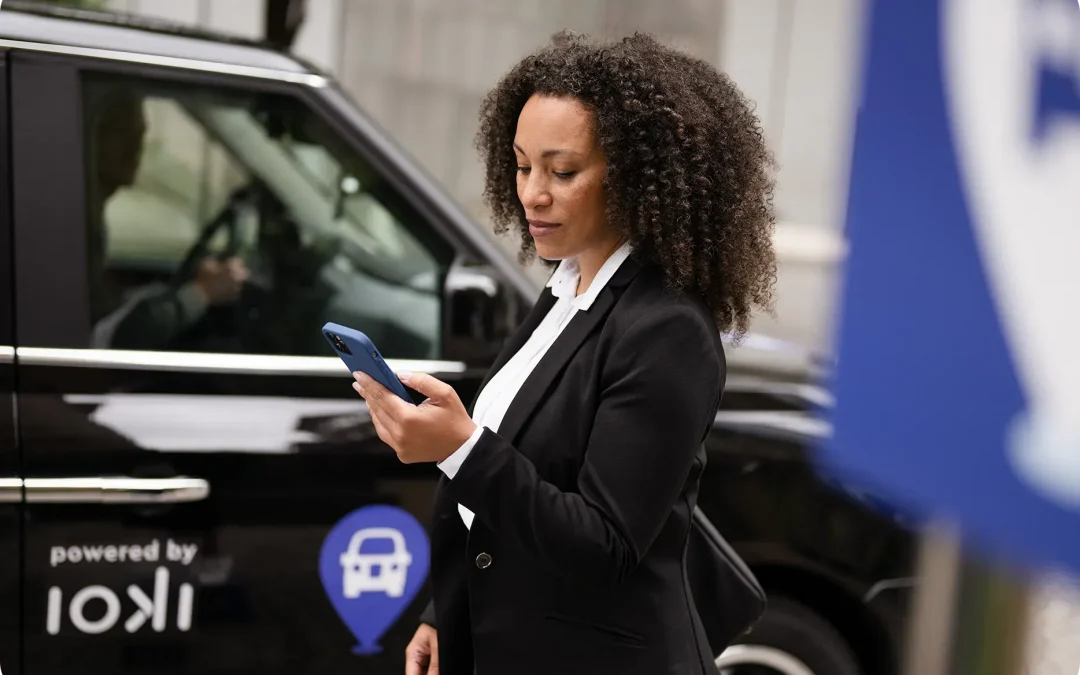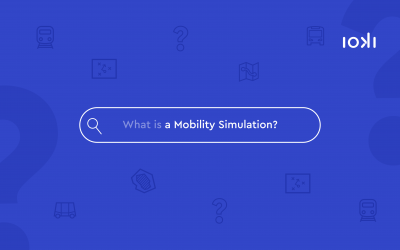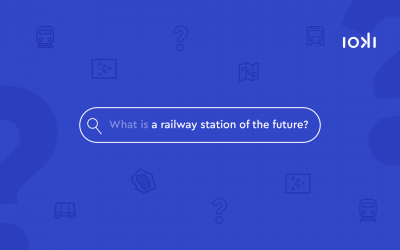The fundamental advantages of New Mobility are the expansion of resource-friendly transport infrastructures and the increased range of flexible mobility and sharing services for the population. In addition, the general digital networking will be improved, thereby contributing to modernisation. This promotes traffic relief in cities and reduces the negative impact of car traffic on society. New and smart mobility concepts are therefore an important driver of the mobility transition.

Digital Mobility on the Move – Insights from the Smart Country Convention 2025
Imagine a city where citizens purchase their bus ticket directly through a service app, book an on-demand shuttle, and effortlessly switch between various modes of transport – without needing additional apps or complex logins. This vision was presented by our colleague Maximilian Rütten and Linus Frank from our partner Vesputi at the Smart Country Convention (SCCON) 2025.


